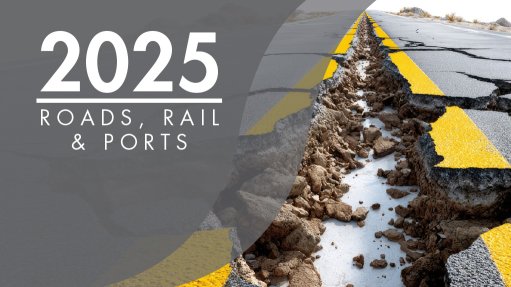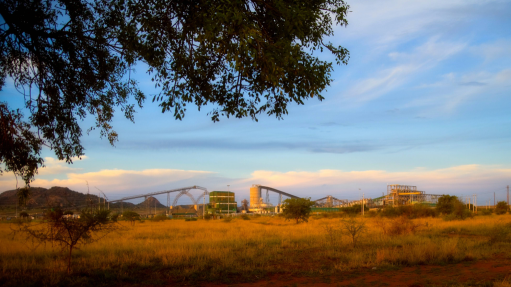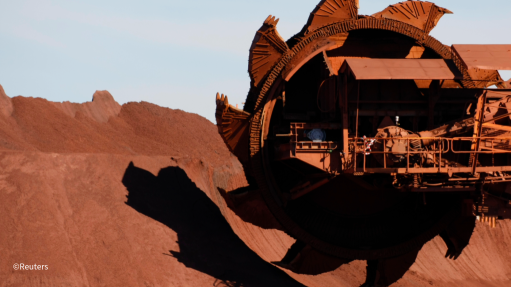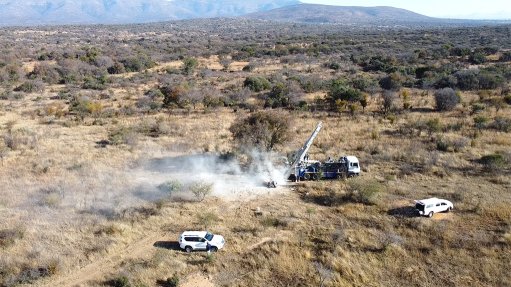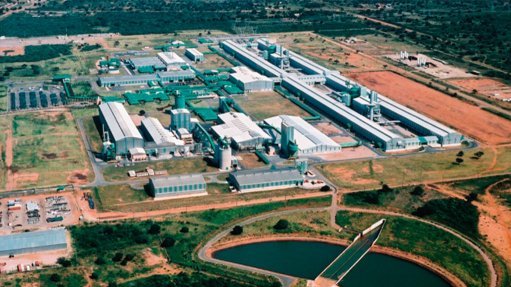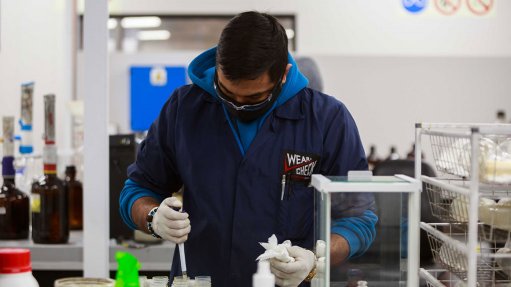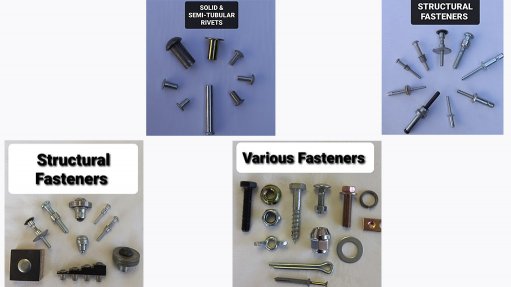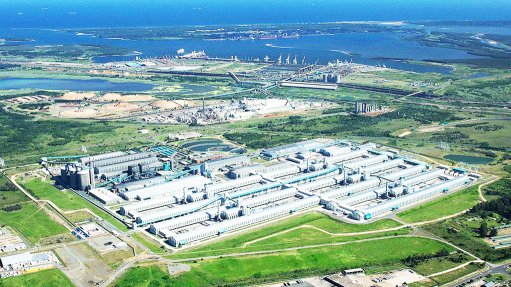Energy investments could increase SEZ attractiveness


DE WET TALJAARD Sustainability and resilience should be the foundation of any new SEZ development
Strategic investment in industrial energy ecosystems is essential to enhance cost effectiveness, global competitiveness and the resilience of South Africa’s special economic zones (SEZs), thereby improving their long-term viability and appeal to manufacturers, says financial solutions provider Investec Sustainable Solutions technical adviser De Wet Taljaard.
For SEZs to be effective in reindustrialisation and to help ensure that local entities become and remain globally competitive, reindustrialisation must be based on renewable-energy solutions, energy efficiency and sustainability, he asserts.
Further, by developing new energy industrial ecosystems and leveraging innovation and development in intersecting industries, such as material science, critical minerals beneficiation and battery technology, SEZs can allow for a broad, robust reindustrialisation strategy.
Strategic investment in these ecosystems within SEZs can lower the cost of doing business, compared with traditional industrial zones. These benefits manifest in reduced electricity costs, improved energy efficiency and smart energy management systems that optimise the use of renewable energy through battery energy storage systems, consequently decreasing fixed utility costs.
Such investment also ensures that manufacturers within SEZs can maintain international competitiveness, particularly when encountering global carbon pricing mechanisms. These include the EU’s Carbon Border Adjustment Mechanism and increased scrutiny on Scope 2 and 3 emissions reporting requirements, which will affect market access for carbon-intensive products.
Strategic investments can increase the operational security for entities operating in SEZs, mitigating risks posed by infrastructure challenges related to electricity, water and effluent in many of South Africa’s industrial zones.
Taljaard adds that transitioning to greener operations requires businesses to manage new operational demands. This includes navigating operational capacity requirements and implementing the operational adjustments needed to maintain green infrastructure with in-house capacity. Alternatively, businesses must manage contractors under service-level agreements (SLA) or operations and maintenance contracts.
Businesses must also adapt to the financial and operational adjustments required to manage and administer power purchase agreements (PPA) from an offtaker’s, or energy buyer’s, perspective, he says.
SEZs can serve as a solution to overcome these hurdles by managing the transition to clean technologies on behalf of tenants. This includes simplifying PPA and SLA contracting processes and incorporating the operations and maintenance of energy systems into a monthly fee, reducing operational and administrative responsibilities for tenants.
“Sustainability and resilience should be the foundation of any new SEZ development in South Africa, to not only improve the competitiveness of the tenants but also incentivise the relocation of existing entities to the SEZs,” says Taljaard.
Further, tax incentives and bespoke financing solutions can support the adoption of sustainable solutions within SEZs. Doing so can attract multinational and local component manufacturers that want to establish themselves in industrial areas that provide the reliability and quality of supply on offer, he explains.
This approach can result in a “virtuous cycle of SEZs attracting strong, bankable tenants on multi-year lease agreements, which could potentially lower the cost of sustainable solution financing that can be passed on to the tenants, and so the cycle continues”.
Partnerships among government, business and financiers are key in driving sustainable industrial development in SEZs.
Taljaard emphasises that collaboration must be underpinned by a commitment to ensure operational excellence and service delivery in all SEZs.
Stakeholders must have a shared vision of inclusive reindustrialisation strategies based on renewable energy, energy efficiency and sustainability, driven by SEZs. They must also be committed to driving the growth of SEZs through a focus on new energy innovation and the intersection of materials science, critical mineral beneficiation and energy storage technology.
Taljaard says policy certainty should also be prioritised. This can manifest in national renewable energy capacity targets, new energy vehicle adoption goals and emissions reduction commitments, or financial instruments such as clean energy tax incentives, applicable carbon taxes, preferential procurement schemes and government-backed programmes for clean energy manufacturing facilities.
“Policymakers across local, provincial and national government must align to provide the sort of policy certainty that financiers and business owners require to make medium- and long-term investment decisions, [such as] manufacturing infrastructure relocation to SEZs or new factory construction within SEZs,” he concludes.
Article Enquiry
Email Article
Save Article
Feedback
To advertise email advertising@creamermedia.co.za or click here
Press Office
Announcements
What's On
Subscribe to improve your user experience...
Option 1 (equivalent of R125 a month):
Receive a weekly copy of Creamer Media's Engineering News & Mining Weekly magazine
(print copy for those in South Africa and e-magazine for those outside of South Africa)
Receive daily email newsletters
Access to full search results
Access archive of magazine back copies
Access to Projects in Progress
Access to ONE Research Report of your choice in PDF format
Option 2 (equivalent of R375 a month):
All benefits from Option 1
PLUS
Access to Creamer Media's Research Channel Africa for ALL Research Reports, in PDF format, on various industrial and mining sectors
including Electricity; Water; Energy Transition; Hydrogen; Roads, Rail and Ports; Coal; Gold; Platinum; Battery Metals; etc.
Already a subscriber?
Forgotten your password?
Receive weekly copy of Creamer Media's Engineering News & Mining Weekly magazine (print copy for those in South Africa and e-magazine for those outside of South Africa)
➕
Recieve daily email newsletters
➕
Access to full search results
➕
Access archive of magazine back copies
➕
Access to Projects in Progress
➕
Access to ONE Research Report of your choice in PDF format
RESEARCH CHANNEL AFRICA
R4500 (equivalent of R375 a month)
SUBSCRIBEAll benefits from Option 1
➕
Access to Creamer Media's Research Channel Africa for ALL Research Reports on various industrial and mining sectors, in PDF format, including on:
Electricity
➕
Water
➕
Energy Transition
➕
Hydrogen
➕
Roads, Rail and Ports
➕
Coal
➕
Gold
➕
Platinum
➕
Battery Metals
➕
etc.
Receive all benefits from Option 1 or Option 2 delivered to numerous people at your company
➕
Multiple User names and Passwords for simultaneous log-ins
➕
Intranet integration access to all in your organisation





